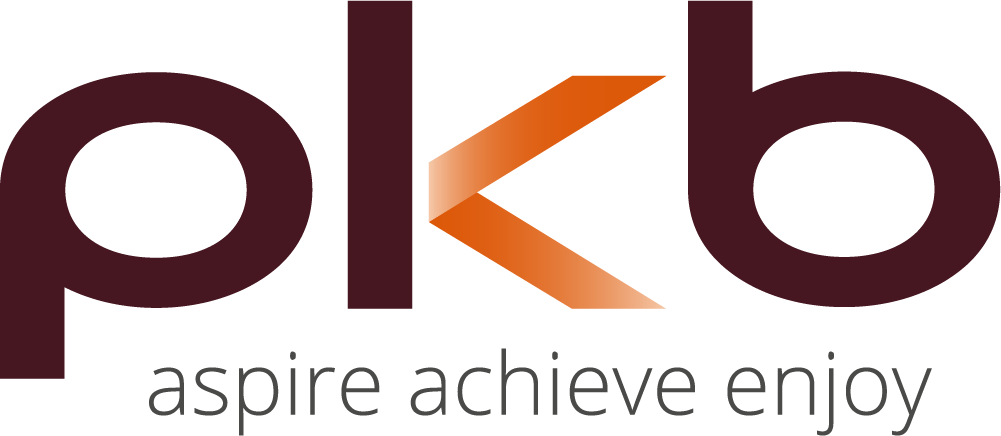Thanks to auto enrolment, there has been a seismic shift in attitudes towards retirement saving over the last few years.
When the concept of automatic enrolment was first introduced in 2012, there had been a decade-long decline in pensions savings. While this was no doubt down to the increasing financial burdens associated with modern day living, the government wanted to encourage people to start thinking about their pensions more seriously.
Fast forward just a few years and auto-enrolment has ensured that workplace pensions are now regarded by many employees as a normal part of working life.
Although detractors argue that minimum contributions lull people into thinking they are saving enough for a dream retirement, auto-enrolment has got considerably more people saving something, however small, for their retirement.
As an employer, you will no doubt have already been through the process of starting auto-enrolment and should be managing your ongoing responsibilities. These include making contributions, deducting employee contributions through payroll and making sure you’re paying at least the minimum contributions.
Auto-enrolment doesn’t stop with the routine tasks however.
Every three years, you need to re-enrol eligible workers who are not part of a scheme. These are usually workers who opted out when you first started auto-enrolment.
Although this may sound like another administrative burden to get your head around, this process is actually very similar to getting started with auto-enrolment. If this is something you would like help with, please feel free to contact us. The payroll services we offer include auto enrolment registration and declarations.
Auto-enrolment at a glance
Auto-enrolment aims to make saving into a workplace pension automatic for most employees, with eligible workers and their employers contributing to the pension.
An eligible worker is someone:
- Aged between 22 and state pension age
- Who works in the UK
- Earns more than £10,000 (for the 2017/18 tax year)
Employers have to make a minimum contribution, which is a percentage of the employee’s earnings between £5,876 and £45,000.
The minimum contribution is 2% with at least 1% coming from the employer. The minimum employer contribution increases to 2% at the start of the 2018/19 tax year and 3% from 2019/20.
Setting your re-enrolment date
The first step is to set your auto-enrolment date because the process is centred on this. This will mark the start of a six-week period you have to complete your duties.
Unlike your auto-enrolment start date, you can’t postpone your re-enrolment date but you do have some flexibility over the exact day.
You can choose any day within three months either side of the third anniversary of your original staging date.
This six-month window gives you the chance to align your re-enrolment date with other business events, such as your financial year-end or perhaps to avoid a busy period.
On your re-enrolment date
Re-enrolment only applies to certain staff and you won’t have any re-enrolment responsibilities for staff who are already paying into a workplace pension as part of auto-enrolment.
In theory, this means the process should be less strenuous than starting auto-enrolment for the first time.
It is possible to complete some tasks before or after your re-enrolment date, but you must base your assessment on the worker’s circumstances on your re-enrolment date.
Identify staff
The staff you will need to assess include:
- Those who opted out of or left your auto-enrolment pension scheme
- Those who are in the scheme but pay less than the minimum contributions
Assess staff
Once you have identified any staff who are affected by re-enrolment, you will need to assess them to see if they meet the criteria for auto-enrolment. This is the same process you went through when starting auto-enrolment.
Broadly speaking, if someone is 22 or over and earns more than £10,000 a year, they will be eligible for auto-enrolment.
Re-enrol staff
Your final task is to re-enrol any staff who meet the criteria and make contributions immediately.
After your re-enrolment date
Inform staff
You have six weeks from your re-enrolment date to write to any staff you have re-enrolled and tell them what’s happening.
The Pensions Regulator and some pension providers supply template letters to help you communicate these changes.
Re-declaration of compliance
The final step is to complete a re-declaration of compliance online with The Pensions Regulator, which confirms you’ve met your duties.
All employers have to complete a re-declaration of compliance even if they don’t have any eligible staff to re-enrol.
There is a list of information you will need to provide, including:
- Your PAYE scheme reference
- Details about your pension scheme
- The number of staff you have re-enrolled
Don’t worry if you don’t have all the information you need to hand – you can begin your re-declaration with the information you have, save your progress and update it at a later date.
The deadline is five calendar months after the third anniversary of your original staging date.
Given that this date is potentially a little confusing to work out, it’s best to get it done as soon as possible to avoid any penalties. Again, if you have any questions about this, please don’t hesitate to enquire about our payroll services.
Re-declaration deadline example
Staging date: 1 February 2015
Re-compliance date: between 1 November 2017 and 30 April 2018
Re-declaration deadline: 30 June 2018
Confirming your next date for re-enrolment
After three years you’ll need to complete the re-enrolment process again.
The Pensions Regulator will write to you nearer the time to confirm the details, so it’s important to keep your contact details up to date.
Ongoing responsibilities
Managing opt-outs
Employees you have re-enrolled have one month to choose whether or not to remain in the scheme.
There are three stages to the opt-out process:
- The individual gives the employer an opt-out notice (usually provided by the pension scheme provider)
- The employer removes the individual from the scheme
- The employee is refunded any money they are due for contributions made (a full refund is due if the employee opts out within a month)
Keeping records
It’s not enough to meet your duties – you will also need to keep records to show how you have met them.
There are two types of information you will need to keep:
Employee information – including basic personal details, national insurance number, gross qualifying earnings, auto-enrolment date, opt-in or opt-out notices.
Pension scheme information – including your employer pension scheme reference, scheme name and address.
In general, you will need to keep records for six years but information related to opt-outs only needs to be kept for four years.
Planning pointers
Let your pension provider know you are approaching your re-enrolment date, especially if you are likely to re-enrol a significant number of staff. Similarly, you should make sure your payroll systems are able to handle any changes.
Re-enrolment is a good time to look at whether your pension scheme meets your needs. After all, your organisation may have changed considerably since your started auto-enrolment.
If you need help with any aspect of auto-enrolment, please don’t hesitate to contact PKB Accountants about our payroll services and we will be more than happy to help.
To read news and blogs from Rebecca Austin, click here >>


